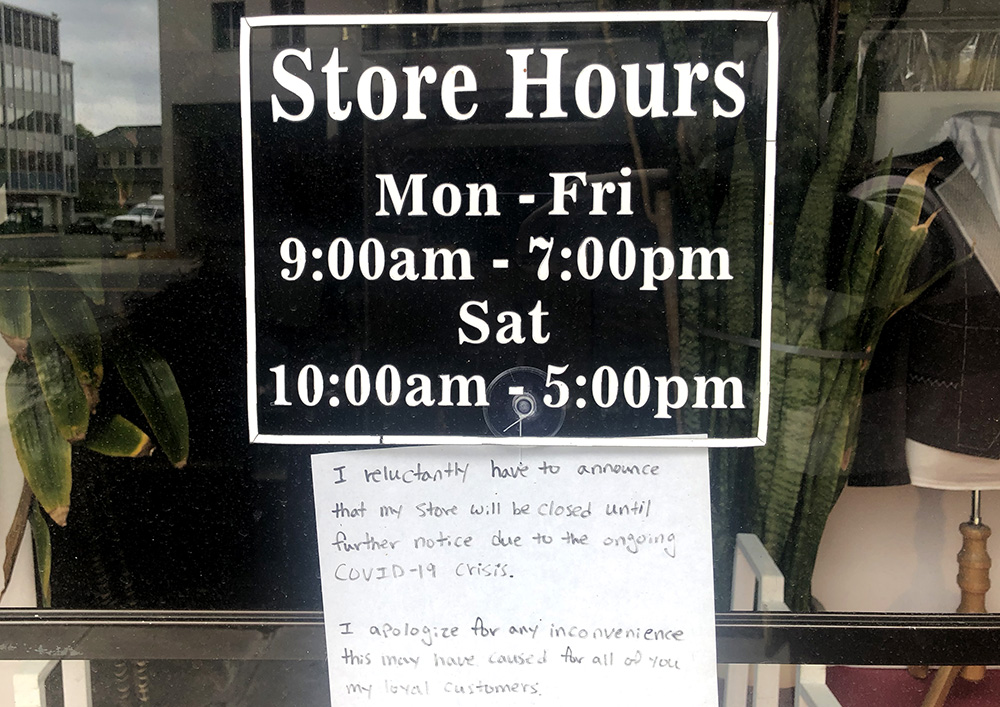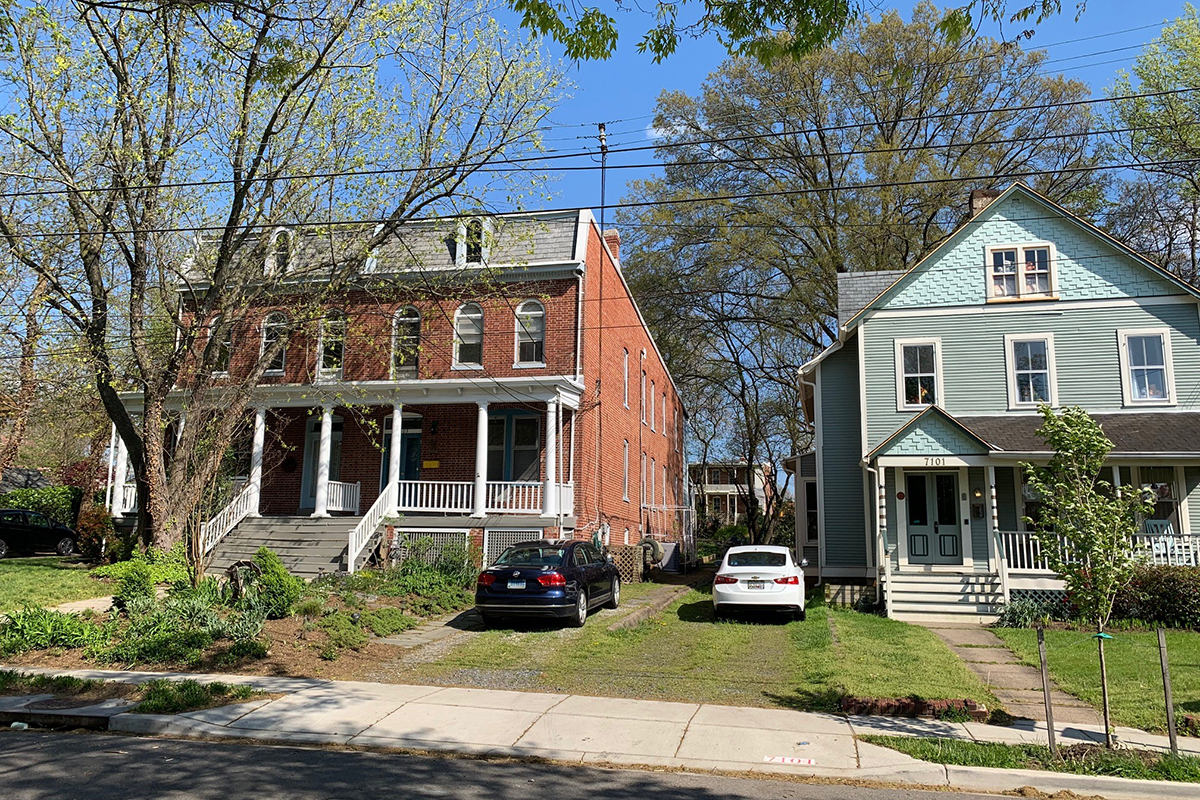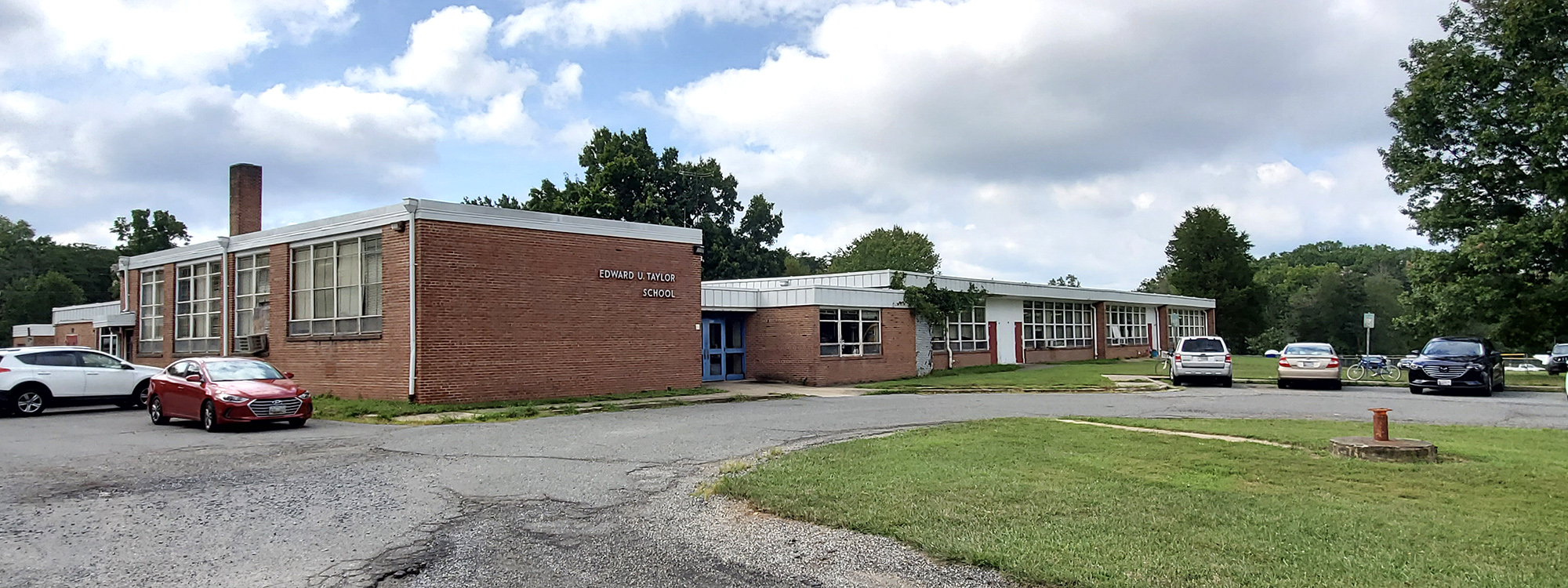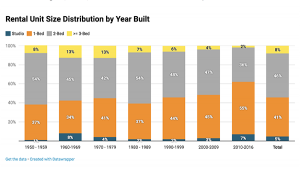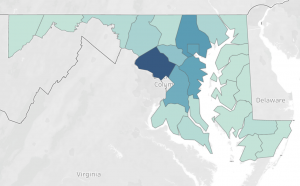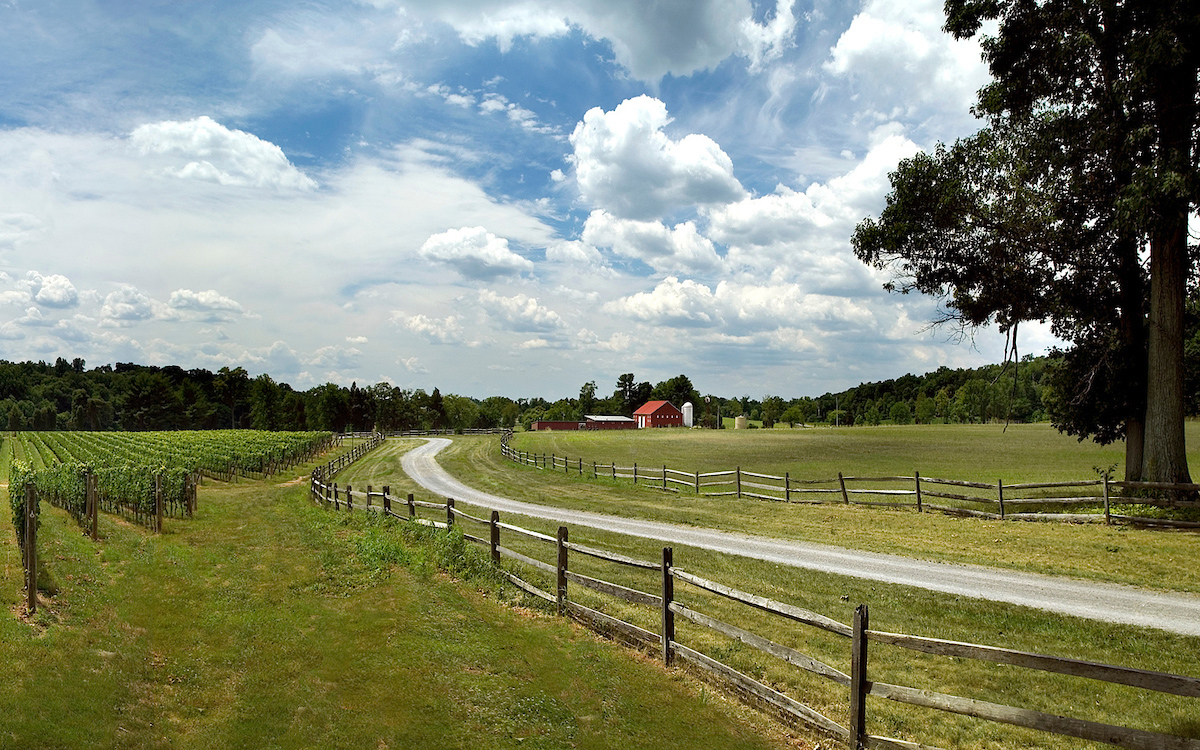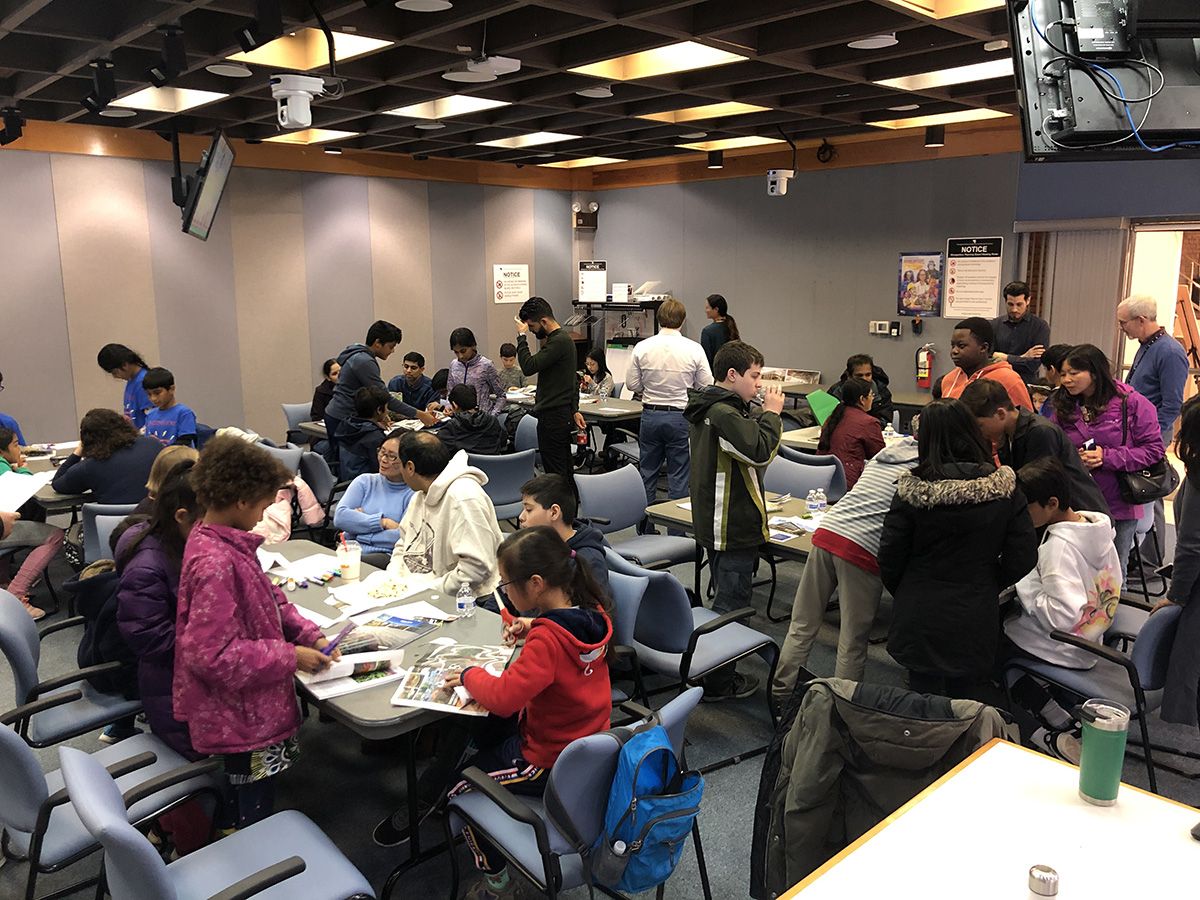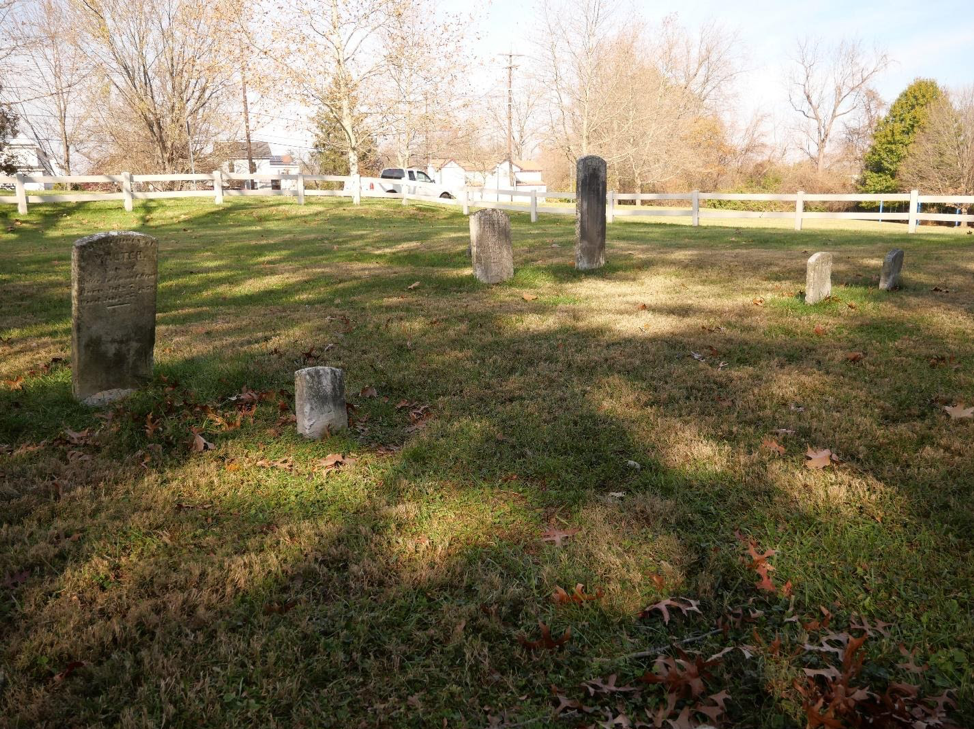
Keys to Building Economic Resilience in Montgomery County Post-Pandemic
As we await post-pandemic life and speculate about our economic future, the idea of economic resilience—how quickly and easily we as individuals and society can adapt to and recover from a devastating economic blow—is on everyone’s minds. So let’s examine the idea of economic resilience: what the term “resilience” means for a local economy, what characteristics and conditions make local economies resilient in the face of economic challenges and how Montgomery County can position itself to be more resilient.
Local Economies, Adaptive Resilience, and Relationships
Economic resilience is adaptive resilience. This is different from the type of resilience we expect from our physical infrastructure, which “bounces back” to normal functioning … Continue reading
